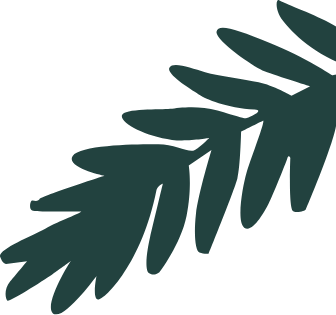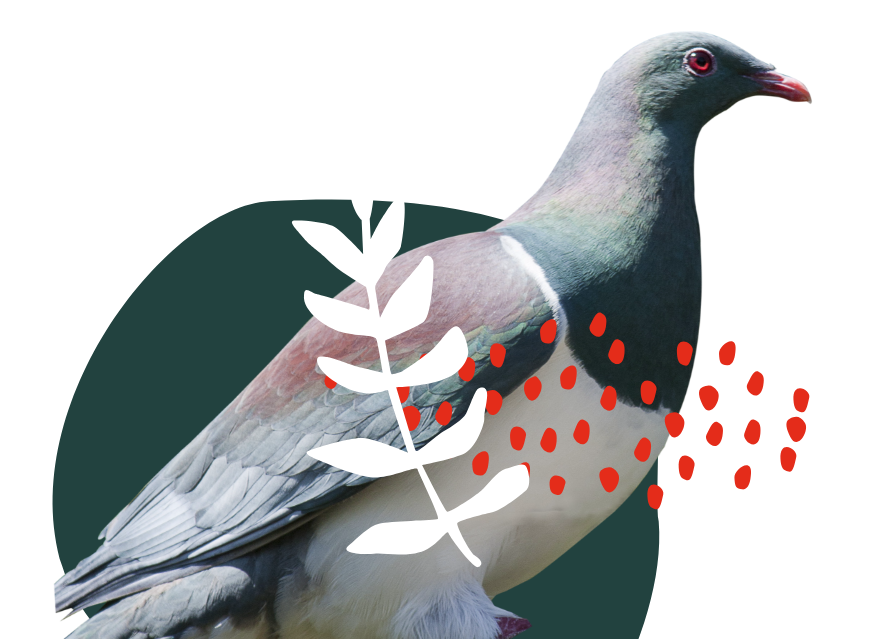A dedicated group of trappers in Parihaka has new evidence that rat and possum numbers can be kept at low levels with regular trapping.
Parihaka Community Landcare (PCL) group undertakes rat, possum and mustelid management over 100 ha of the Parihaka reserves, a quarter of the total reserve area. Each year the group carries out pest surveys, this year supported by NorthTec Environmental Management students, who gathered the survey information as a practical component of their course work. It is used as an invaluable resource to help audit the pest control happening in the reserves.
Tracking tunnels were used for rodents and chew cards for possums, with the standard survey methods developed by DOC and the National Pest Control Agencies being followed. There were three transect lines in areas with and without pest control and each transect has 10 devices on it.
“It’s great news that only one of the tracking tunnels in areas with pest control detected rats, which equates to an average tracking rate of 3.3%. Possum detection in pest control areas was at 10%,” says Dr Dai Morgan, NorthTec tutor and Tiakina Whangārei coordinator. “In contrast, 43% of tunnels and 53% of chew cards detected rats and possums, respectively, in areas without pest control.”
The research indicates that tracking rates below 5% need to be achieved before good things start to happen for wildlife, but it is a positive sign and will have multiple benefits to all the native wildlife in the areas under management.
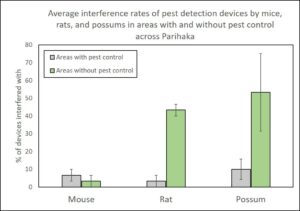
![]()
Tracking tunnel in the field – card inside with peanut butter at the entrances
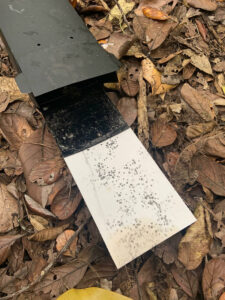
TT card showing rat prints
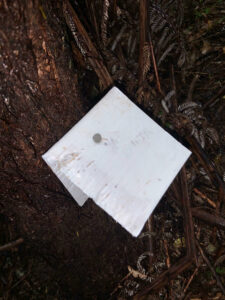
Chew card with possum bites
